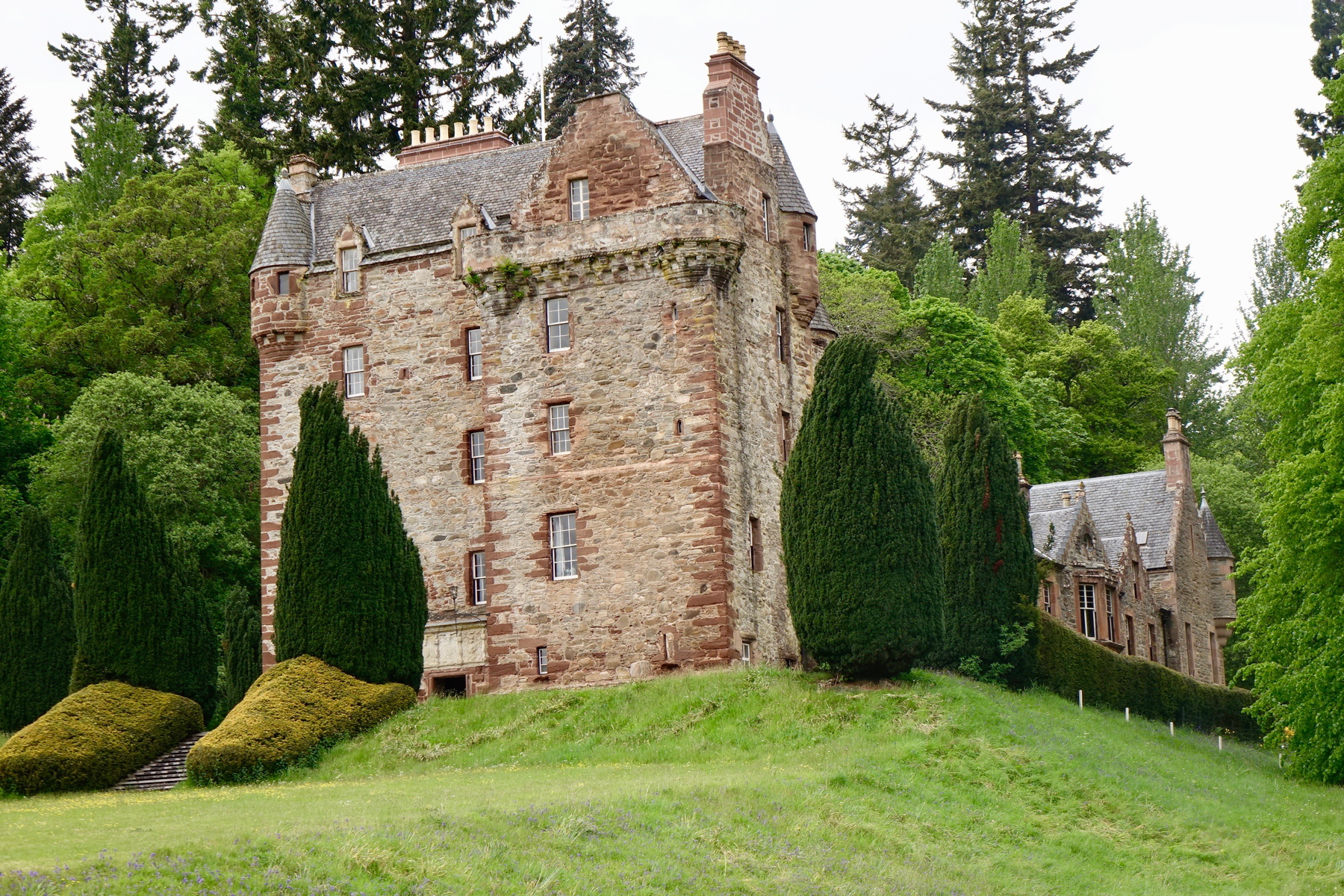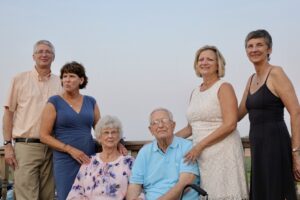 Even though I have lived abroad for nearly 4 decades, due to covid making travel from Europe impossible, I couldn’t be with my mom at the family cabin to celebrate her birthday for the first time ever.
Even though I have lived abroad for nearly 4 decades, due to covid making travel from Europe impossible, I couldn’t be with my mom at the family cabin to celebrate her birthday for the first time ever.
Fortunately, last Christmas before we heard of social distancing and couldn’t begin to imagine a pandemic separating us from loved ones, my daughter gave her gift called, Storyworth, a computer program to record photographs and memories. My mom, Lenore, is having fun recapturing wonderful memories, recording history of days gone by and creating a priceless treasure for generations to come. Every week, Storyworth sends a question to trigger her memories and she writes her answer and sends it back to them to be published into a book. https://welcome.storyworth.com/
With the covid epidemic and no timeline for when we will be able see loved ones again, discovering family history, recording historical events and reconnecting with long distance relatives reminds us we need our stories more than ever to suture those connections between generations .
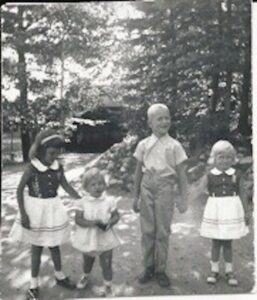 Lenore was only 19 years old and just graduating with her elementary education degree, when she began raising a family, 4 children within a span of 6 years. This was back in the day before child raising gurus and the self help motherhood books were popular. When her last little one went off to school, l my mom went back to the classroom, too, where she taught kindergarten for 25 years.
Lenore was only 19 years old and just graduating with her elementary education degree, when she began raising a family, 4 children within a span of 6 years. This was back in the day before child raising gurus and the self help motherhood books were popular. When her last little one went off to school, l my mom went back to the classroom, too, where she taught kindergarten for 25 years.
 Lenore instilled the love of stories in me. First she read storybooks to me and later passed on that love to her grandchildren
Lenore instilled the love of stories in me. First she read storybooks to me and later passed on that love to her grandchildren
As we reminisce on the phone and my mom tells her stories, I realize that although I flew far from the nest long ago, her philosophy of life has always been a part of me. Today, her reflections on raising children are still spot on, so I wanted to share her answer to the Storyworth question of this week.
“What is the best advice you would give about raising children?”
“The best advice I would give about raising children would be to love your child unconditionally, appreciate their uniqueness and know there is NO such thing as a “perfect parent”. The best parents are always willing to learn, change and improve their skills as well as allow their child to take small risks and let them make decisions on their own. That means there will be falls, scrapes and injuries”.
“Let your parent strategies build on mutual respect and a natural drive to get through the day smoothly. Be patient and persuade your child to calm down and cooperate. Work toward self discipline and allow them failure because a child will learn from his/her mistakes. Think of yourself as your child’s trusted and effective guide, not their dictator. Learn what is age appropriate so you won’t be expecting too much or too little.”
”Let them know how very precious he/she is to you and how much you love them. Tell them what it is you love about them. Enjoy every stage because time goes very fast. Encourage and praise and when very young (toddler age) try using distraction to avoid always saying No! Be playful and especially loving when (the child is) having a “meltdown” if possible. Remember you will make mistakes and that is OK. It is best if both parents agree and stand firm.”
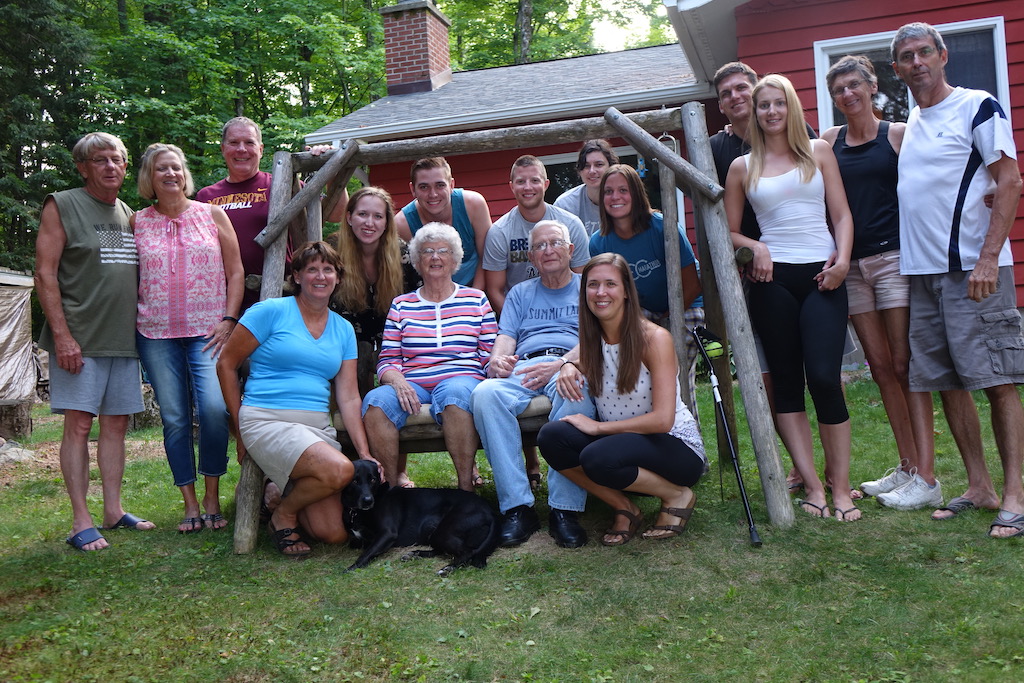 My sister, who is a kindergarten teacher, wants to share this with her parents. My daughter, a pediatrician, imparts that message to the families she works with and in my role as a mother, teacher and coach it was the principles with which I tried to guide my charges.
My sister, who is a kindergarten teacher, wants to share this with her parents. My daughter, a pediatrician, imparts that message to the families she works with and in my role as a mother, teacher and coach it was the principles with which I tried to guide my charges.
As a young mother, my mom was wise beyond her years and even 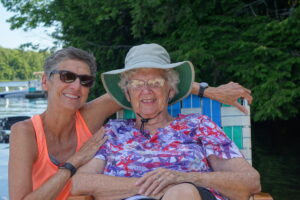 now on her 86th birthday she is sharp enough to continue imparting that wisdom. Her message is timeless. It shaped my life. It shaped the lives of my children. And it will probably continue to influence the way my eldest niece raises my mom’s first great grandchild.
now on her 86th birthday she is sharp enough to continue imparting that wisdom. Her message is timeless. It shaped my life. It shaped the lives of my children. And it will probably continue to influence the way my eldest niece raises my mom’s first great grandchild.
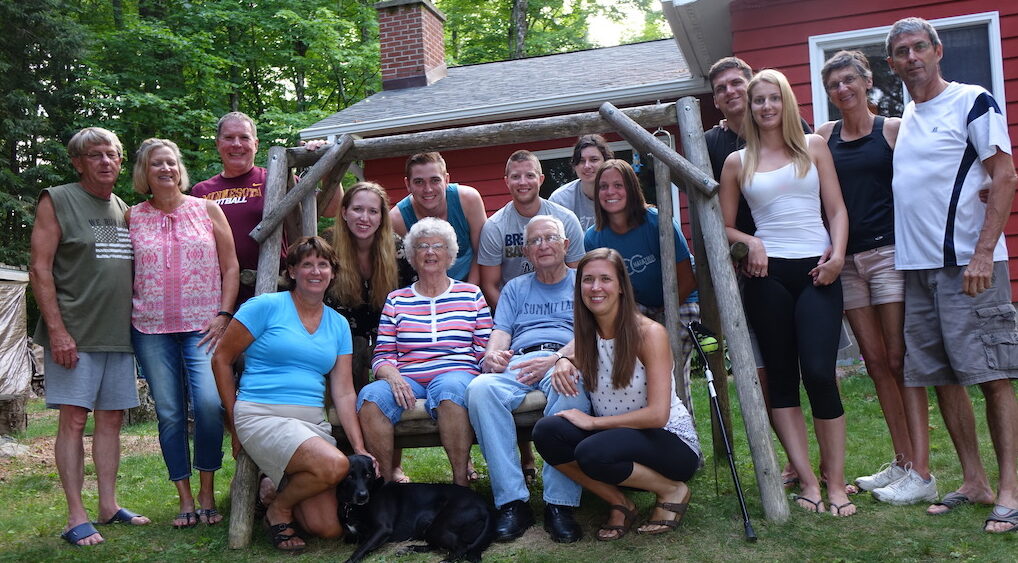
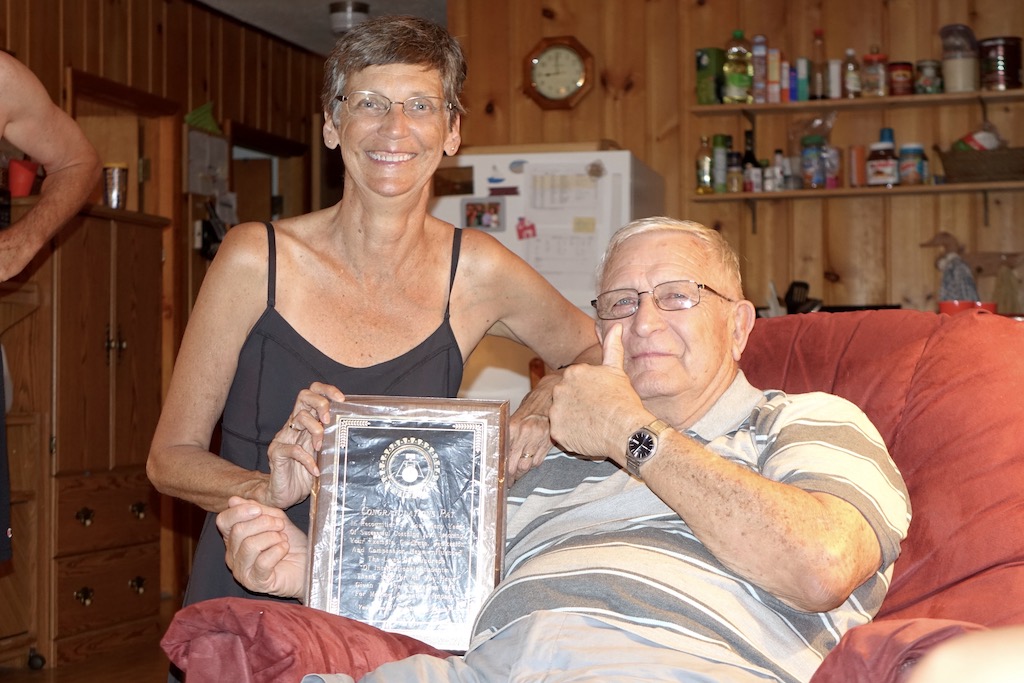
 So many of our fathers have passed on, but the lessons they taught remain ingrained. I have been blessed to be surrounded by good men from my husband who has been a wonderful father to our 2 children, to
So many of our fathers have passed on, but the lessons they taught remain ingrained. I have been blessed to be surrounded by good men from my husband who has been a wonderful father to our 2 children, to  my big brother, Doug, to my brothers- in- law, Cliff and Dick, to the first man I ever loved, my dad. Papa Mac was a father figure to so many students and athletes who traversed the halls of Sterling high School.He was hard working, loyal, a strong leader and a role model in his community.
my big brother, Doug, to my brothers- in- law, Cliff and Dick, to the first man I ever loved, my dad. Papa Mac was a father figure to so many students and athletes who traversed the halls of Sterling high School.He was hard working, loyal, a strong leader and a role model in his community. But weightless in water, I became pain free.
But weightless in water, I became pain free.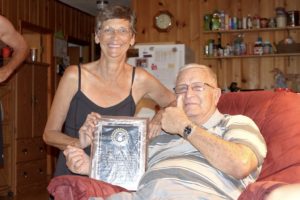
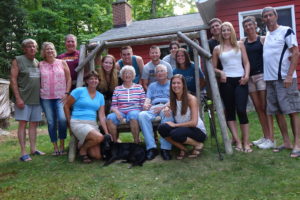
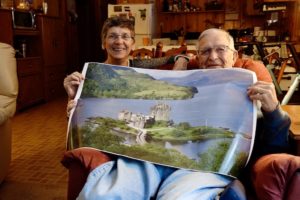


 I almost lost my life. Again.
I almost lost my life. Again.
 weeks I could not move from my bed. Then I was transferred to a rehab center and started round the clock therapy. My days were filled PT, OT, neuropsych, speech therapy. I met with physical therapists, neuropsychotherapists, a psychiatrist, and neurologists to piece together my psyche and help regain my physical and cognitive skills.
weeks I could not move from my bed. Then I was transferred to a rehab center and started round the clock therapy. My days were filled PT, OT, neuropsych, speech therapy. I met with physical therapists, neuropsychotherapists, a psychiatrist, and neurologists to piece together my psyche and help regain my physical and cognitive skills.

 Happy 60th Birthday to my almost-born-on-leap-year baby sister Little Miss Me Too. The last in line in a family of 4 siblings born 5 years apart, Mom always said, “Karen raised herself.”
Happy 60th Birthday to my almost-born-on-leap-year baby sister Little Miss Me Too. The last in line in a family of 4 siblings born 5 years apart, Mom always said, “Karen raised herself.” ossed the street without looking both ways. In later years, she looked out for me by driving me to doctor appointments and hanging out with me in a dark room on bad days.
ossed the street without looking both ways. In later years, she looked out for me by driving me to doctor appointments and hanging out with me in a dark room on bad days.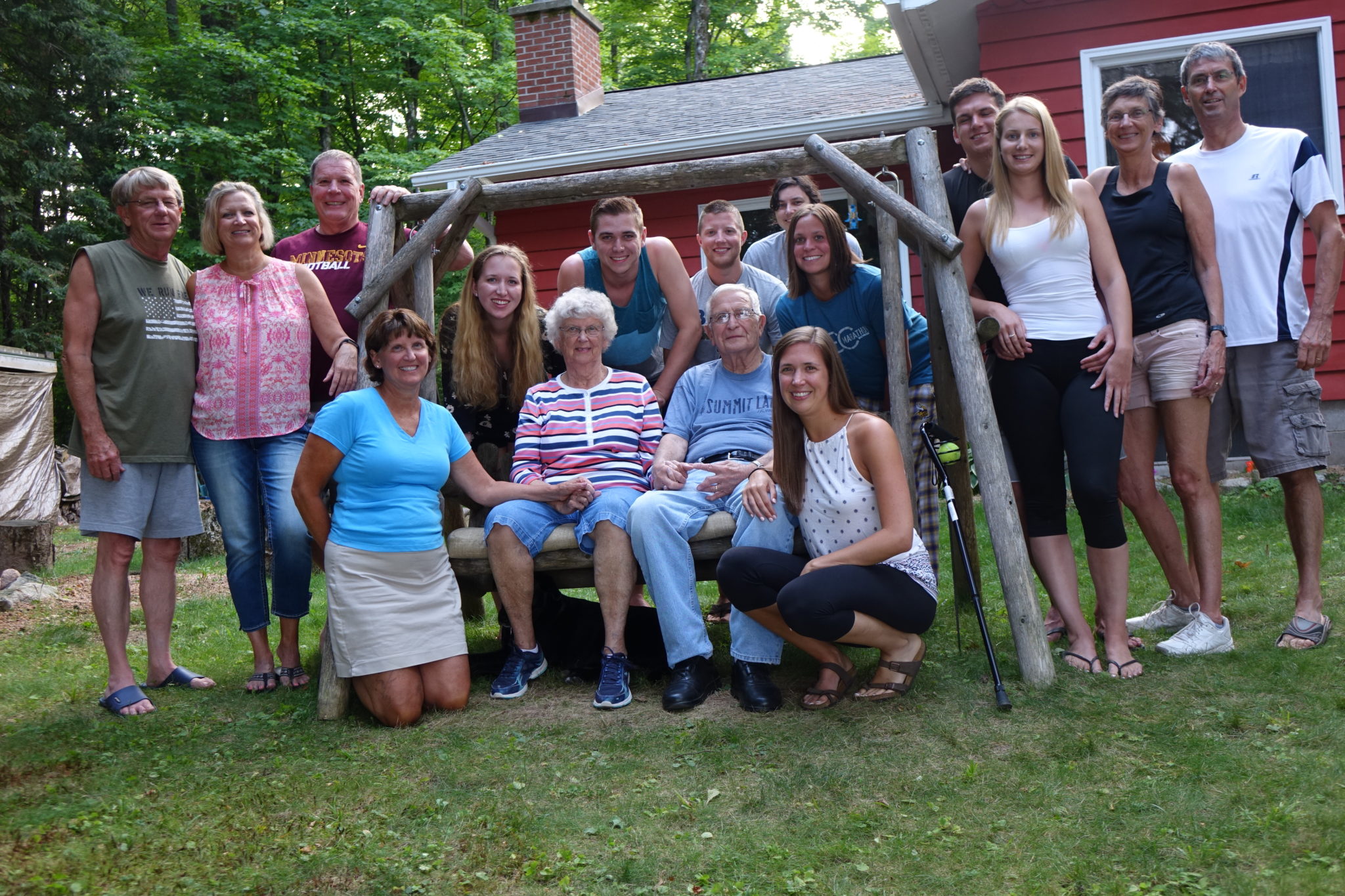

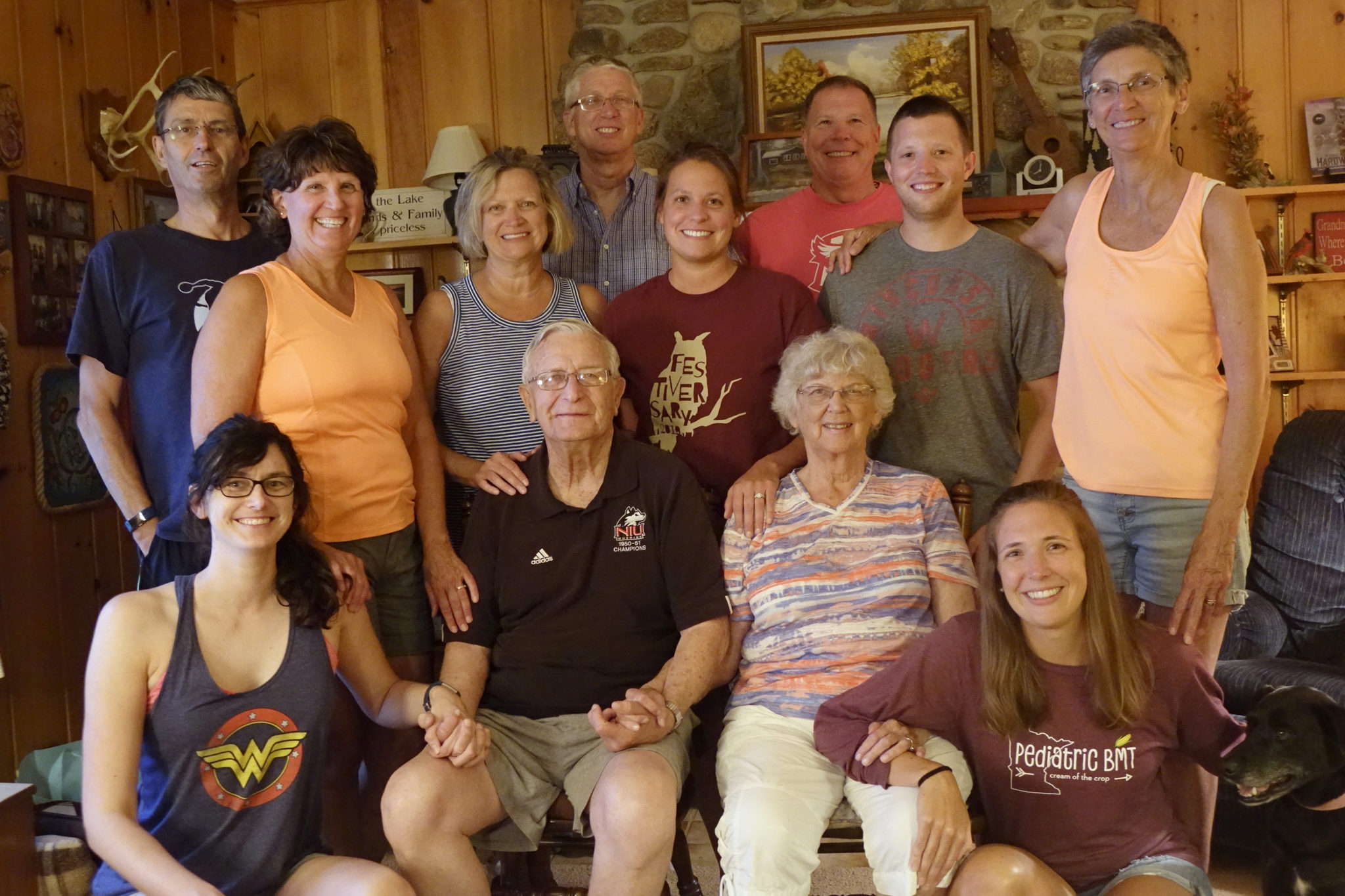

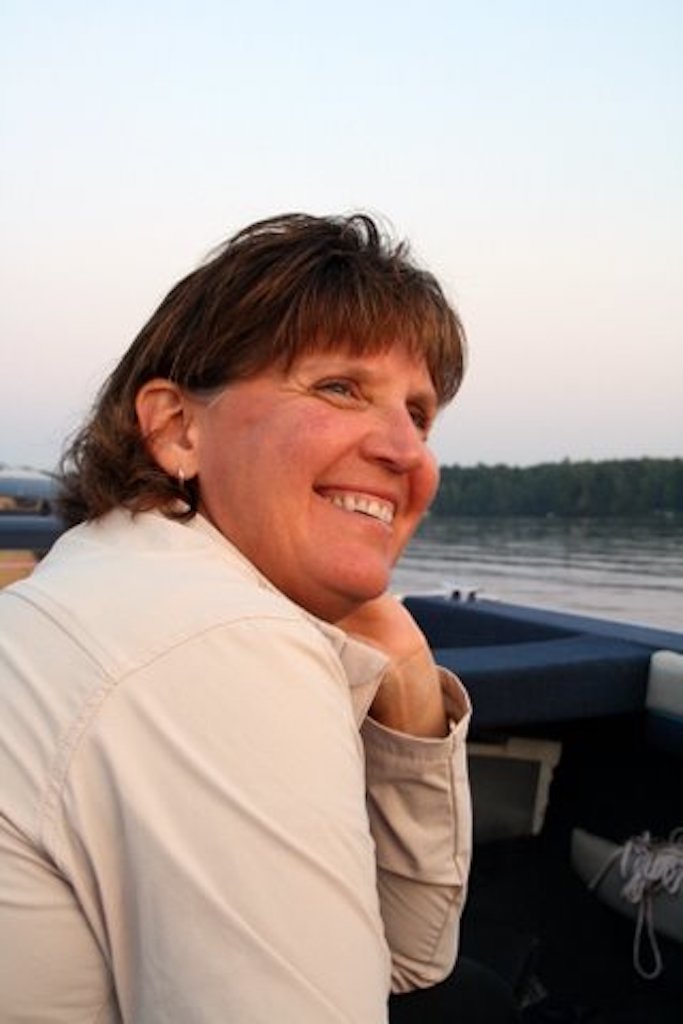
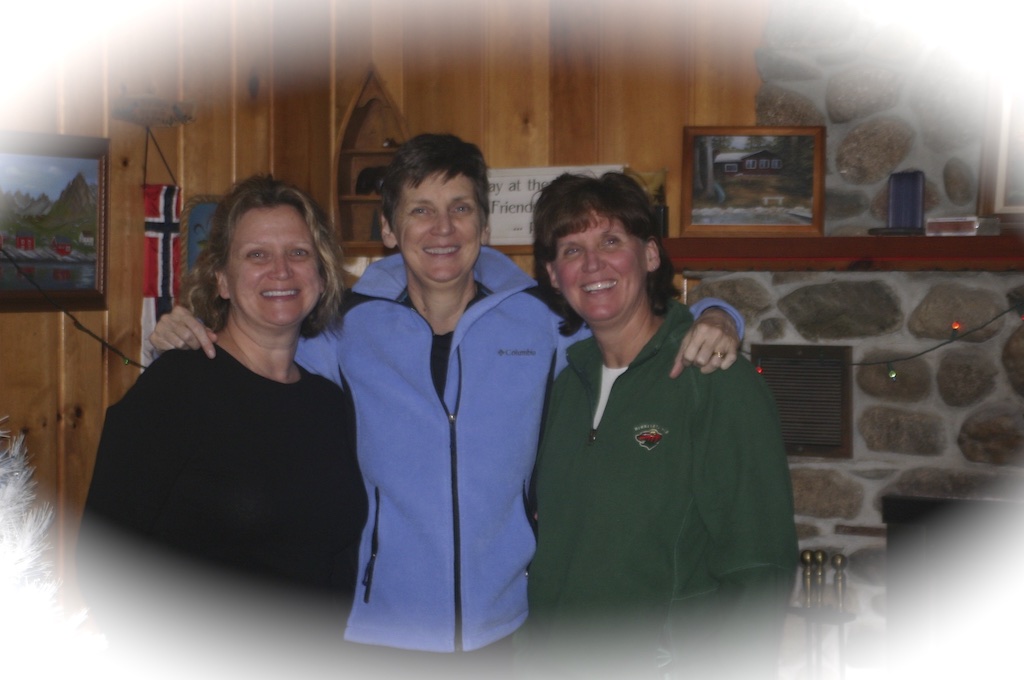
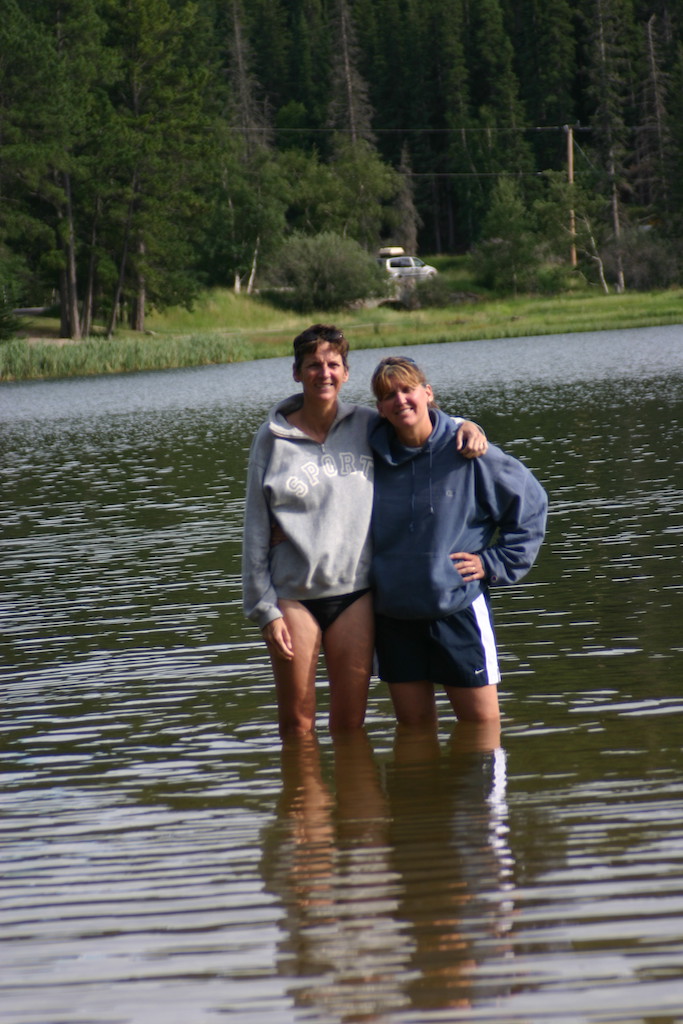

 An adored aunt, treasured wife, loving daughter, revered mother, cherished sister, she collects people as easily as others collect stamps. Church friends, high school friends, work friends, neighbor friends, family friends. Everybody loves Karen and her jovial partner in life Dick. She’s energetic, upbeat, easy-going and down right fun to be with on any occasion.
An adored aunt, treasured wife, loving daughter, revered mother, cherished sister, she collects people as easily as others collect stamps. Church friends, high school friends, work friends, neighbor friends, family friends. Everybody loves Karen and her jovial partner in life Dick. She’s energetic, upbeat, easy-going and down right fun to be with on any occasion.
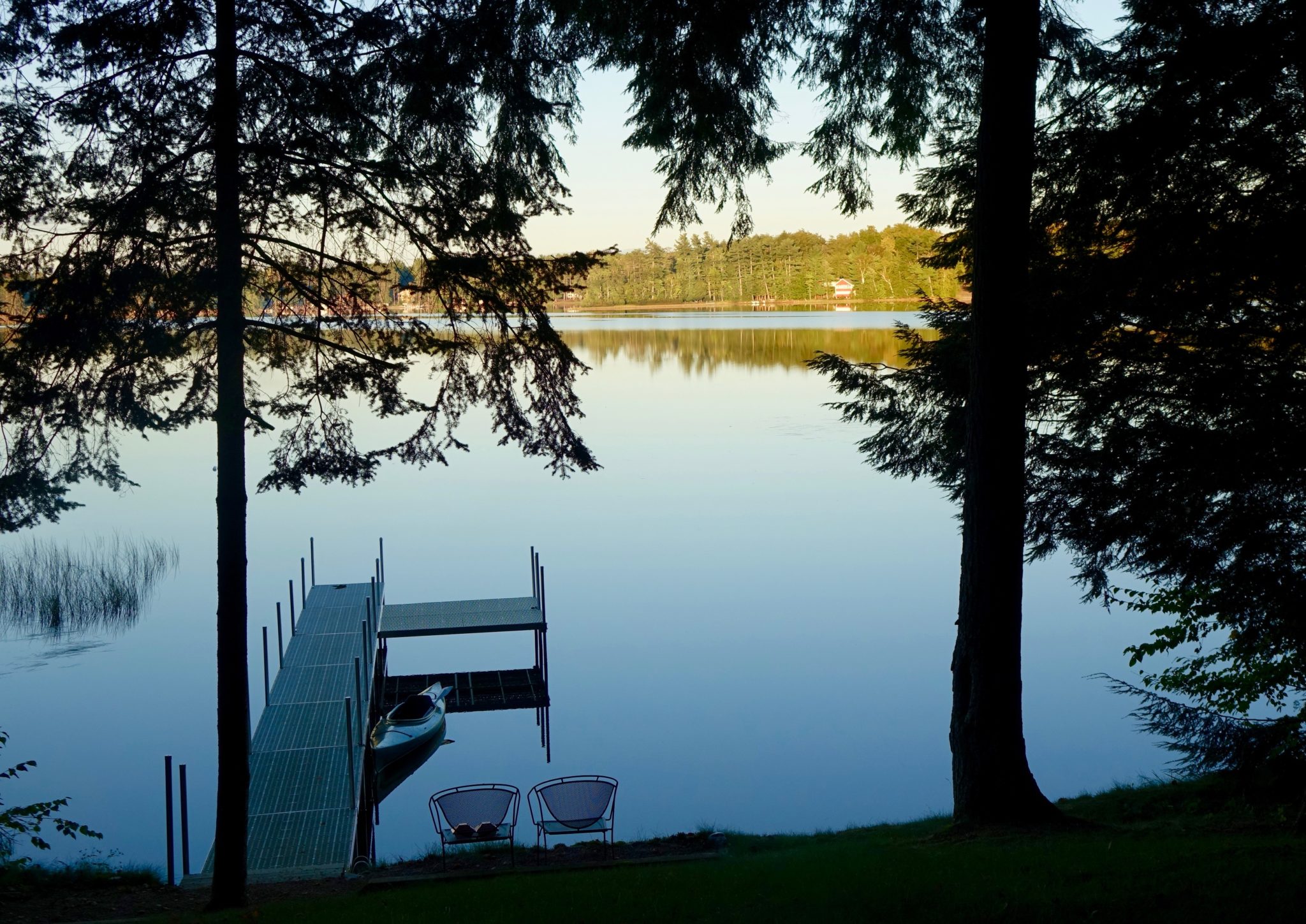
 We used to be the only cabin on our side of the lake and I liked it that way, but when people built cottages next door, I discovered Summit Lake’s beauty magnifies when shared.
We used to be the only cabin on our side of the lake and I liked it that way, but when people built cottages next door, I discovered Summit Lake’s beauty magnifies when shared.
 The lake ‘hood children have grown up becoming doctors, nurses, plumbers, firemen and teachers. If the “kids” were ever Up North at that same time, we would have a “cabin” town of skilled professionals to cope with any illness, injury, wildfire, flooded basement, or backed up toilet.
The lake ‘hood children have grown up becoming doctors, nurses, plumbers, firemen and teachers. If the “kids” were ever Up North at that same time, we would have a “cabin” town of skilled professionals to cope with any illness, injury, wildfire, flooded basement, or backed up toilet. boat.
boat.


